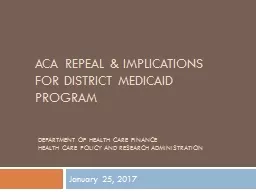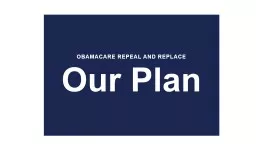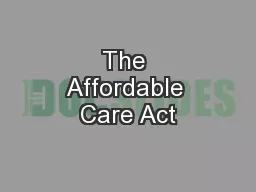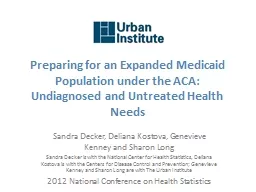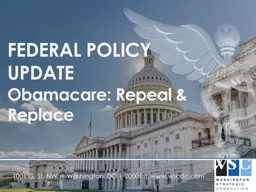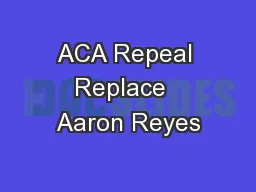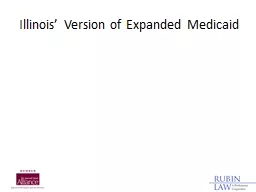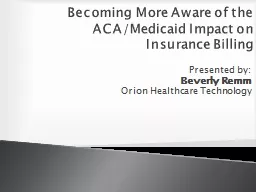PPT-ACA RepeAl & Implications for District Medicaid Program
Author : luanne-stotts | Published Date : 2018-11-05
January 25 2017 Department of health care finance Health care policy and research administration ACA Repeal Context President Trump Speaker Ryan Majority Leader
Presentation Embed Code
Download Presentation
Download Presentation The PPT/PDF document "ACA RepeAl & Implications for Dist..." is the property of its rightful owner. Permission is granted to download and print the materials on this website for personal, non-commercial use only, and to display it on your personal computer provided you do not modify the materials and that you retain all copyright notices contained in the materials. By downloading content from our website, you accept the terms of this agreement.
ACA RepeAl & Implications for District Medicaid Program: Transcript
Download Rules Of Document
"ACA RepeAl & Implications for District Medicaid Program"The content belongs to its owner. You may download and print it for personal use, without modification, and keep all copyright notices. By downloading, you agree to these terms.
Related Documents

